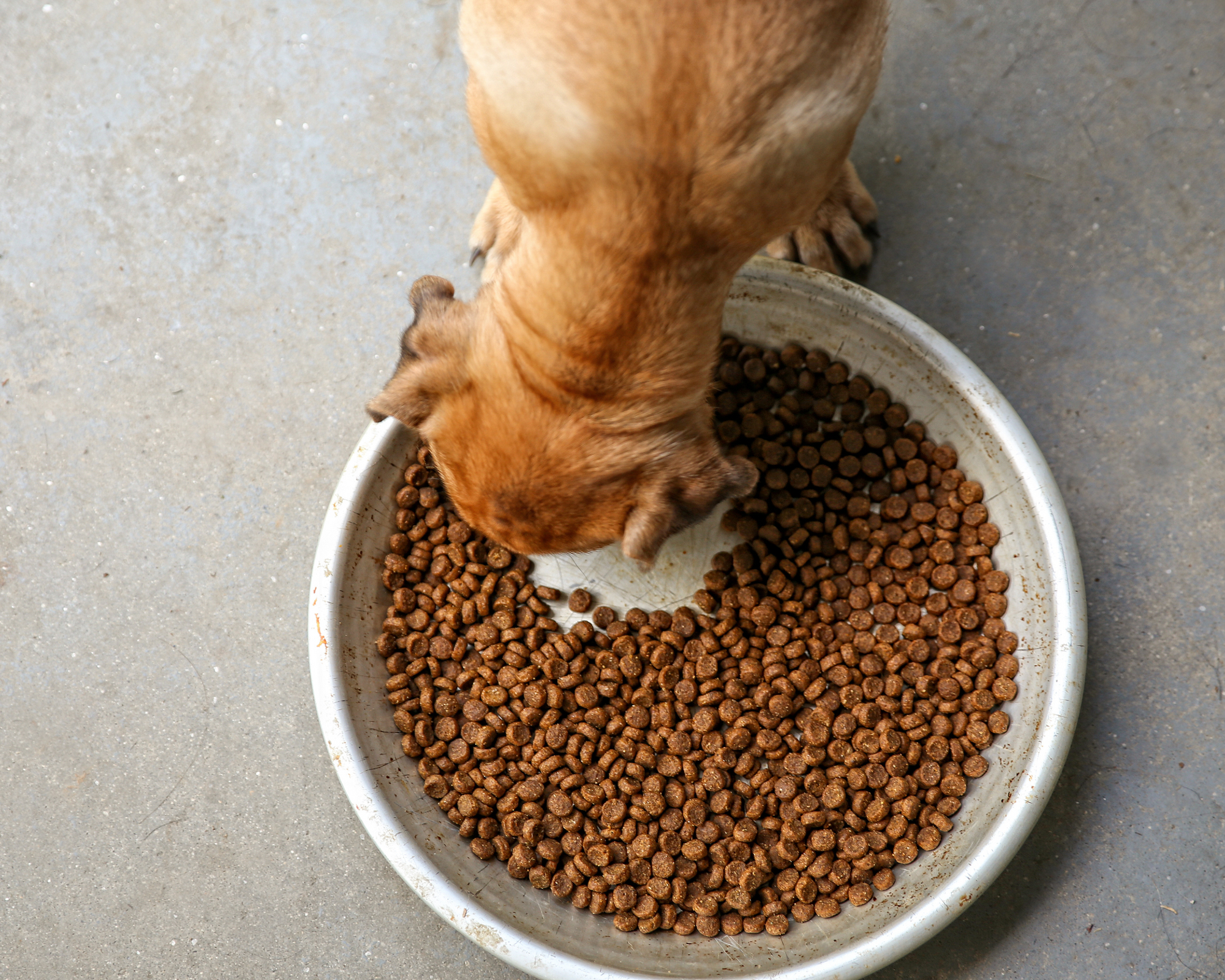

Fueling Your Gentle Giant: A Guide to a Healthy Diet for Giant Breed Dogs
Giant breed dogs are truly one-of-a-kind—majestic, loving, and, let’s be honest, a little larger than life! 🐾 With their massive size comes unique nutritional needs, and providing them with the right diet is key to ensuring they live a long, healthy life. But with so many options on the market, it’s easy to get lost in a sea of ingredients and labels. Don’t worry—we’ve got you covered.
In this guide, we’ll break down the essentials of a healthy diet for giant breed dogs, including why they don’t need carbs, why avoiding fillers matters, and what ingredients to prioritize.
1. Understanding Your Dog’s Natural Needs: Protein is King
Dogs are primarily carnivores, meaning they thrive on diets rich in high-quality animal protein. While they can digest some plant-based ingredients, their systems are designed to extract most of their nutrients from meat. For giant breed dogs, protein plays an essential role in maintaining lean muscle mass and supporting their immense frames.
Why Protein Matters for Giant Breeds:
- Builds and maintains muscle to support their joints.
- Provides essential amino acids for overall health.
- Keeps their energy levels stable without unnecessary calories.
What to Look For: When choosing dog food, make sure animal protein (like chicken, beef, turkey, or fish) is the first ingredient listed. Avoid products where “meat by-products” or plant-based proteins (like pea protein) dominate the list.
2. Do Dogs Need Carbs? Not Really.
Here’s a surprising truth: dogs don’t need carbs in their diet. While carbohydrates can provide energy, they aren’t an essential part of a dog’s nutritional requirements. In fact, many dog foods use carbs as cheap fillers, which can lead to unnecessary weight gain and digestive issues—something giant breed dogs definitely don’t need.
Why Carbs Can Be Problematic:
- Too many carbs can lead to weight gain, which places extra strain on their already hard-working joints.
- Carbs like corn, wheat, and soy often act as fillers with little nutritional benefit.
What to Avoid: Watch out for dog foods with a high percentage of grains or starchy fillers like cornmeal, wheat gluten, and white rice. While some whole grains (like oats or brown rice) can be fine in moderation, focus on diets that prioritize protein and healthy fats over carbs.
3. The Problem with Fillers
Fillers are ingredients used to bulk up dog food without providing much (if any) nutritional value. These might make the food cheaper to produce, but they can come at a cost to your dog’s health. For giant breeds, fillers are particularly problematic because they take up space in the diet that could be used for more beneficial nutrients.
Common Fillers to Avoid:
- Corn and cornmeal
- Soy
- Wheat and wheat gluten
- Beet pulp
Why They’re a Problem: Fillers often lead to digestive upset and may contribute to food allergies or intolerances in dogs. Over time, they can also lead to weight gain and nutrient deficiencies.
4. Balancing the Diet: What Should Be in Their Bowl?
A healthy diet for a giant breed dog should focus on a few key elements:
1. High-Quality Protein:
Look for named meat sources like “chicken,” “beef,” or “salmon” as the first ingredient. Protein should make up a significant portion of their diet.
2. Healthy Fats:
Fats provide essential energy and help keep your dog’s coat shiny and skin healthy. Omega-3 and Omega-6 fatty acids (found in fish oil or flaxseed) are especially beneficial.
3. Limited, Nutritious Carbs (Optional):
If carbs are included, they should come from whole food sources like sweet potatoes, oats, or brown rice—not cheap fillers.
4. Vitamins and Minerals:
Your giant breed dog needs a balanced supply of vitamins and minerals to support their overall health. Look for balanced multivitamins or work with your veterinarian to identify key nutrients your pup may be needing.
5. Portion Control is Key
Feeding a giant breed dog isn’t just about what’s in their bowl—it’s also about how much is in their bowl. Overfeeding can lead to obesity, which puts additional strain on their joints, heart, and other organs.
Tips for Portion Control:
- Follow the feeding guidelines on your dog’s food packaging as a starting point, but adjust based on their activity level and weight loss/gain.
- Consider feeding them smaller, more frequent meals (e.g., 2–3 times a day) to prevent bloating, a serious concern for giant breeds.
- Monitor their weight regularly and consult with your vet if you notice any changes.
6. Be Mindful of Treats
While we all love spoiling our dogs, treats should only make up a small percentage of their diet. Opt for high-protein, low-carb treats, and avoid those made with artificial ingredients or fillers.
Healthy Treat Options:
- Freeze-dried meat treats (like beef liver or chicken breast).
- Small pieces of fruits or veggies like carrots, apples (no seeds), or blueberries.
- Homemade treats with simple, dog-safe ingredients (like the pumpkin recipe we shared earlier!).
7. Always Read the Label
Choosing the right food for your giant breed dog starts with reading the label. Look for:
- Named animal proteins as the first ingredient.
- Limited (or no) grains and fillers.
- Transparent ingredient lists without artificial additives or vague terms like “meat meal.”
If you’re unsure about a product, don’t hesitate to ask your veterinarian for guidance.
The Bottom Line: Feed for Their Needs
Giant breed dogs aren’t just big—they’re unique, and their diets should reflect that. By focusing on high-quality protein, avoiding unnecessary carbs and fillers, and keeping portions in check, you can set your gentle giant up for a long, happy, and healthy life.
Do you have a go-to food or treat that your giant breed dog loves? Let us know in the comments—we’re always looking for recommendations we can share with the community!
